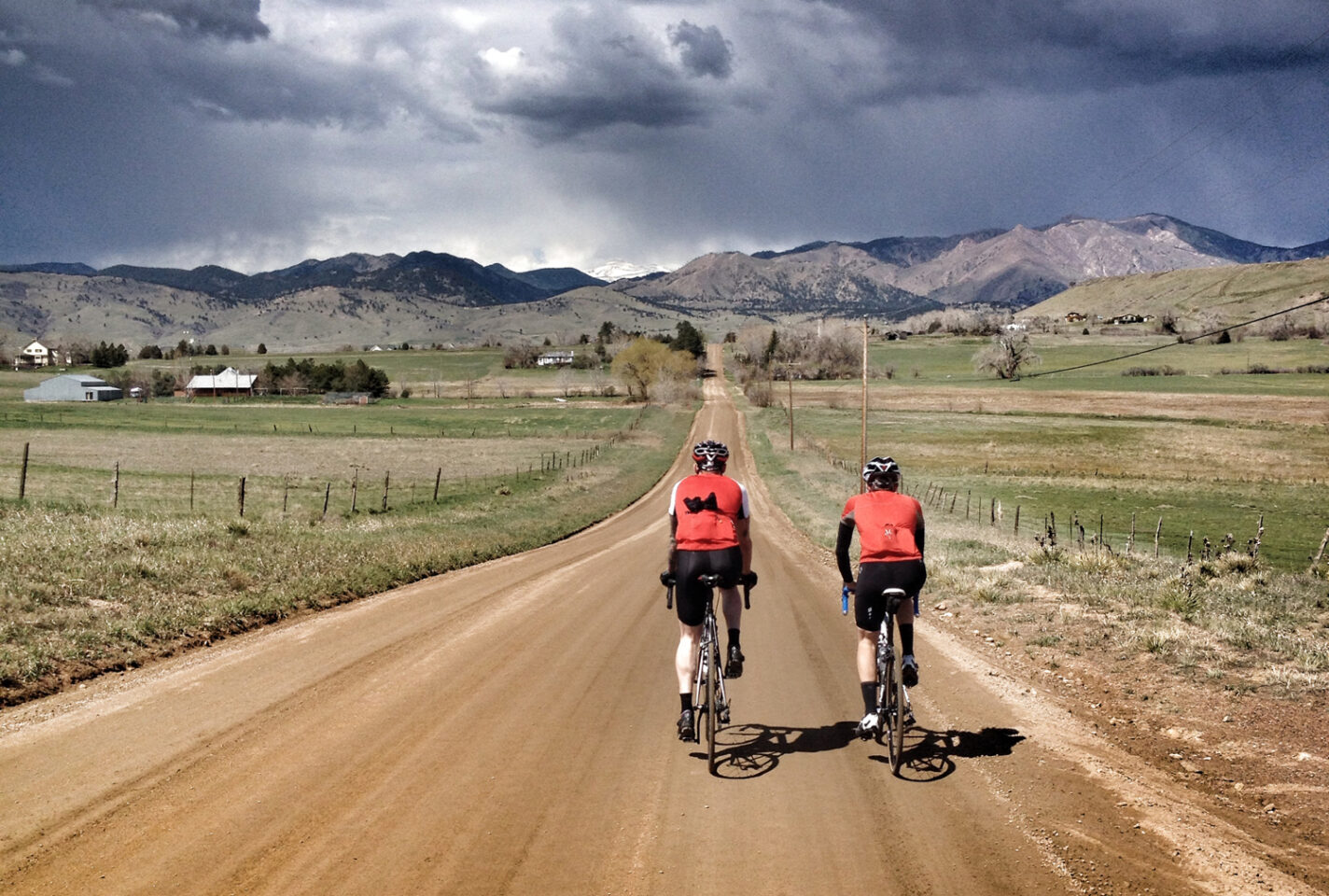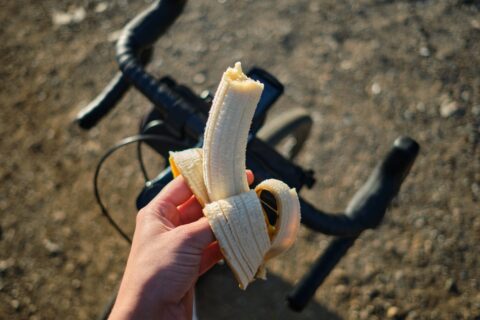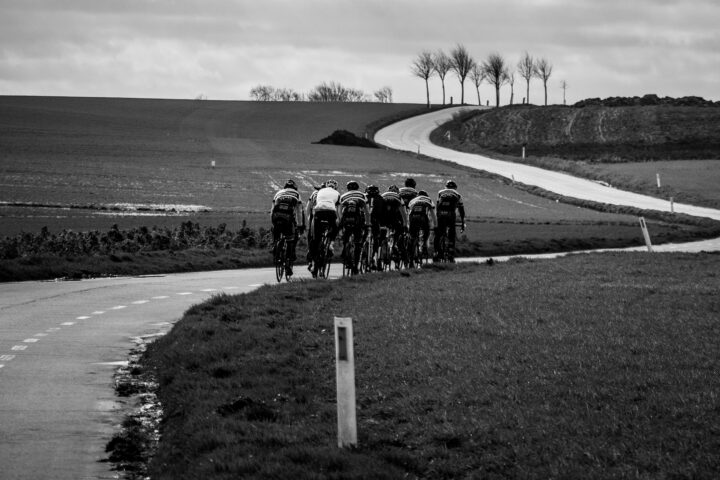Long rides contribute to the great mythology of cycling. The best pros, like Tour de France winner Tadej Pogacar, are rumored to ride six hours every day. While most of us do far less, we all have a story about a 100-and-something-mile epic ride that rivals our grandfather’s favorite fishing story—and makes our co-workers think we’re a bit crazy.
Many of us dream of epic rides. The problem is, many of us are lucky if we get an hour of riding on the trainer at 6 a.m. before work.
This may be why a training approach that favors high intensity—short interval work at or above anaerobic threshold—over high volume is becoming increasingly popular. Interestingly, there’s some science to support that approach. In fact, some researchers claim that the long ride is just an old-school myth that has seen its day.
In a 2010 review, Dr. Paul Laurson at the Academy of Sport in New Zealand outlined a series of studies that provided damning evidence against long endurance work. Runners were able to maintain form by dropping volume 66 percent and adding sprints. Likewise, swimmers who doubled their volume saw no performance gains. In fact, Laurson cited several researchers who claimed that long slow volume doesn’t provide a sufficient training stimulus for experienced cyclists. [1]
Why, then, do elite cyclists keep doing long rides—and so many of them?
Adaptations from the long ride
Professional cyclists have an intuitive sense of what works in training—it’s their job after all. And pros have not abandoned the long ride, strongly believing there are significant, albeit subtle, gains to be had.
“You’re looking for very specific types of adaptations that only occur after X number of hours riding at a certain pace,” says Kiel Reijnen of the Trek-Segafredo WorldTour team.
As for scientific evidence to back these claims, Laurson and many other top sports physiologists say the problem is not that we’re ignoring the science, it’s just that the science hasn’t caught up. In part, that’s because it’s a lot easier to test 20-minute sprint workouts over eight weeks than it is to study the effects of six-hour rides over years. Thus, it may be that the science, and athletes in practice, simply favor intensity because that’s where the research has taken place.
In the meantime, some of those same top experts are willing to share what they believe is happening during long rides that leads to adaptations that can’t be gained any other way.
Dr. Andy Pruitt, co-founder of the University of Colorado Sports Medicine and Performance Center and our Director of Sports Medicine, feels training is a pyramid with power and speed at the top. Endurance is the base. Without that foundation, he says, you have “the Washington monument, and it’s going to blow over.”
Building our oxygen-consuming slow-twitch muscle fibers is a primary focus of base training. To do so, those fibers must be isolated for long periods of time. As soon as we recruit fast-twitch fibers, we fatigue fast. Thus, we need long slow rides to isolate the right fibers.
“The more volume we build,” Pruitt says, “the better we get at fat oxidation, the better we get at glucose use, and the more mitochondria we have in those fibers.”
Indeed, the research is clear on this point: Chronic, low-level muscle stimulation improves the muscles’ ability to burn fat for fuel.
Converting muscle fiber types
Dr. John Hawley, head of the Exercise and Nutrition Research Group at Australian Catholic University, is a proponent of intensity—as he puts it, it’s those repeated 15-second all-out efforts that win races. [2]
But he also believes the long ride aids those efforts. Expanding on Dr. Pruitt’s theory, he claims fatiguing long rides train fast-twitch fibers—once our slow-twitch fibers wear out, it forces fast-twitch fibers to start working aerobically.
“The IIB fibers [fast-twitch] don’t like working at 250 watts,” Hawley says. “They prefer working at 550 watts for 30 seconds. So it’s a really hard ask of the muscle.”
This forced aerobic work builds fatigue resistance and the ability to repeat big efforts in fast-twitch fibers.
In a 2007 review of molecular adaptations, Hawley identified a key physiological pathway in endurance athletes that’s promoted by long rides. To simplify, muscle calcium release activates a signaling molecule called calcineurin. Calcineurin is involved in muscle fiber growth and repair, slow-twitch fiber gene expression, and fast-to-slow fiber conversion. In other words, calcineurin is perfect for endurance cyclists. [2]
Prolonged moderate-intensity exercise promotes this calcium signaling pathway, while high-intensity fatiguing work can actually blunt it.
Using lactate for fuel
Dr. Iñigo San Millán, the director of training at the UAE-Team Emirates WorldTour team—home to Tour de France winner Tadej Pogacar—is a pioneer in lactate research.
Our ability to maintain blood lactate levels is one of the best measures of performance. San Millán notes that it isn’t solely about how much we produce, but also our ability to clear (or combust) lactate. Fast-twitch fibers are lactate-pumping factories; slow-twitch fibers take it up and use it for fuel.
A protein called MCT4 pumps lactate out of fast-twitch fibers, while slow-twitch fibers use MCT1 to absorb lactate. Trained endurance athletes have high levels of both.
“People who just do high intensity are only going to stimulate those MCT4,” San Millán says. “They improve at first, but then we see people get stuck there eventually.”
It’s not until athletes stimulate slow-twitch fibers with long rides that San Millán sees big improvements in lactate transport capacity.
Other evidence supports the notion that the length of our training sessions is an important variable for MCT promotion. Two studies, in particular, from 2002 and 2010, led by Dr. Howard Green at Waterloo University in Canada, tested the effects of prolonged cycling on MCT changes. In the 2010 study, a two-hour low intensity ride produced no changes. In the 2002 study, a single five- to six-hour moderate-intensity ride raised both MCT1 and MCT4 levels for six days. [3-7]
The stress of intensity
Scientists are only just beginning to understand the physiological effects from the interplay of volume and intensity. The MCT protein is a good example. As more studies are being conducted, the effects of volume and intensity are producing wildly variable results.
One thing is clear: Too much high intensity causes autonomic stress and burnout, while slow volume doesn’t. That may be reason enough to get your long slow rides in.
Until we have more conclusive evidence, one way or the other, we can rely on the experience of leading physiologists and seasoned athletes. And they all love their long rides.
How to make the most of your long rides
Not all long rides are built the same. We explore the best ways to get the greatest adaptations from long, slow miles.
One every seven to 10 days
Dr. Hawley believes we only need one long ride every week to 10 days. Dr. Green’s study—one of the few to truly test a long ride—seems to back this: The data suggest that the increase in MCT and plasma volume lasted up to six days.
Two hours is not enough
While the “right” length varies with experience level, Green’s study results make it clear that two-hour rides produce few adaptations even in untrained subject. A study from the University of Waterloo led by Dr. Arend Bonen demonstrated that three hours of low-level muscle stimulation per day was enough to produce near maximal MCT gains in rats.
No more than six hours
The same study on rats showed that MCT levels dropped slightly when muscles were stimulated for more than six hours.
Keep the intensity low
These rides are not another opportunity for intensity. To create the desired adaptations and isolate slow-twitch fibers, the rides should keep blood lactate levels below 2 mmols. That roughly translates to 60-75 percent of your maximum heart rate.
“These kind of rides require a sustained steady effort. You’re not doing threshold,” Reijnen says. “You’re just riding and it’s uncomfortable—not for two or even three hours, it’s uncomfortable to hold for four or five hours.”
Make them fatiguing
If the rides are sufficiently fatiguing, you’ll see gains in fast-twitch fibers, according to Hawley. You’ll also deplete your glycogen and train your fibers to use fat for fuel. The ride should still be low intensity and steady. Just ride closer to 75 percent of max heart rate for the duration of the ride.
Do them year round
Dr. Laurson points out that while gains from high intensity work can take as little as six sessions, many of the gains from long rides can take years to develop, which is part of the reason they are hard to study. Make them a regular part of your routine throughout the year.
Learn more about long rides
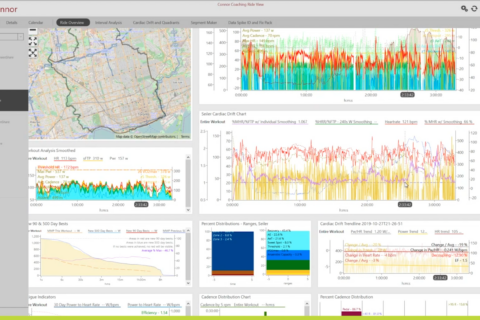
What Exactly Is a Long Slow Distance Ride?
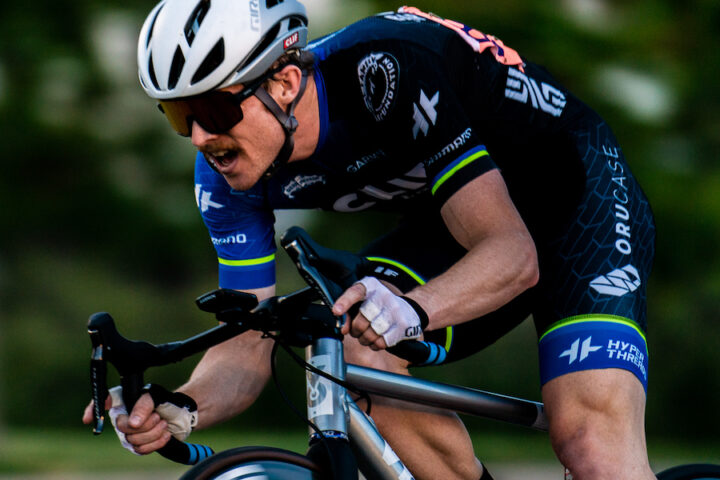
The Science Behind Going Slow to Be Fast
References
- Laursen PB. Training for intense exercise performance: high‐intensity or high‐volume training? Scand J Med Sci Spor 2010;20:1–10. https://doi.org/10.1111/j.1600-0838.2010.01184.x.
- Coffey VG, Hawley JA. The Molecular Bases of Training Adaptation. Sports Med 2007;37:737–63. https://doi.org/10.2165/00007256-200737090-00001.
- C. T, D. B, K. L, J. M, G. B. Effects of acute and chronic exercise on sarcolemmal MCT1 and MCT4 contents in human skeletal muscles: current status. Am J Physiology-Regulatory Integr Comp Physiology 2012;302:R1-14. https://doi.org/10.1152/ajpregu.00250.2011.
- C. T, D. B, T. M-M, J. M. Effects of high-intensity training on MCT1, MCT4, and NBC expressions in rat skeletal muscles: influence of chronic metabolic alkalosis. Am J Physiol-Endoc M 2007;293:E916-22. https://doi.org/10.1152/ajpendo.00164.2007.
- Green H, Halestrap A, Mockett C, O’Toole D, Grant S, Ouyang J. Increases in muscle MCT are associated with reductions in muscle lactate after a single exercise session in humans. Am J Physiol Endocrinol Metab 2002;282:E154-60.
- Bonen A, Tonouchi M, Miskovic D, Heddle C, Heikkila JJ, Halestrap AP. Isoform-specific regulation of the lactate transporters MCT1 and MCT4 by contractile activity. Am J Physiol-Endoc M 2000;279:E1131–8. https://doi.org/10.1152/ajpendo.2000.279.5.e1131.
- Bonen A. The expression of lactate transporters (MCT1 and MCT4) in heart and muscle. Eur J Appl Physiol 2001;86:6–11. https://doi.org/10.1007/s004210100516.

